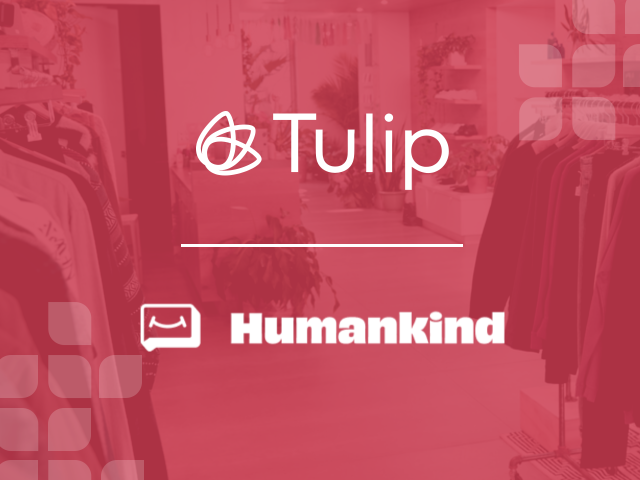Any retailer will tell you that the store team can make or break a store’s business and a great customer experience can’t be delivered by poorly managed labor. It takes smart sales goals, informed labor budgets, well-planned schedules, and dynamic daily store management plans to deliver the type of retail experience today’s consumers expect. At the same time, store labor costs are central to a retailer’s financial success. In almost every store format, from boutique to big box, labor cost is the largest line item on a store’s P&L.
These two fundamental retail truths underline the importance of optimizing your store labor investment. There are lots of “tools”—homegrown or from a third party—that promise to solve the many challenges linked to store labor. But these “solutions” often create more questions than answers. Success in the next decade of retail demands a true solution instead of a disjointed web of spreadsheets and reports.
Questions instead of answers
The fundamental problems with existing tools and approaches are three fold.
First, with complex spreadsheets packed with pivot tables or powerful data “visualization” tools, it takes a lot of time and effort to assemble the data needed. It may sound easy to connect traffic data with POS data, but you would be amazed at how difficult it is for many retailers. Data is often stored in different systems, in different formats and levels of granularity, and with different access restrictions. More often than not, these challenges are insurmountable and the analysis moves forward without all the necessary data. The sentiment, “better than nothing, right?” is often expressed by people struggling to perform this work. Unfortunately, that sentiment is wrong given the importance of store labor investments.
Second, even if the data is assembled, it is devilishly hard to make sense of it! High quality data analysis takes tremendous skill and expertise. These specialized resources are typically out of reach for smaller retailers. But even with larger retailers who can afford these FTEs, the added complexity of being larger means that the analysis is even more complicated and so the output generally remains at the chain or region level, not the store level, where tailored decisions have the most impact. I have had retailers with more than 500 stores tell me that they can’t budget at a more granular level than store / month, or that they may have figured out daily traffic patterns by hour, but use the same pattern for all stores in the chain because it is too hard to vary the pattern by store. These analytic “short cuts” can fatally undermine labor optimization.
Third, once the first two hurdles have been overcome, the completed “analysis” is always backwards looking. It tells you what happened. It doesn’t look forward to forecasting what could happen, the potential risks, and what to do about it!
While these challenges are difficult for leaders and planners at headquarters, they are show stoppers in the field. It is a rare store manager indeed who has the time, energy or expertise to synthesize the data from various reports, properly interpret the trends and implications, and then forecast forward to discover what risks they need to overcome and how. Store managers are not unintelligent; they just don’t have the time, tools or inclination to do all of this while also trying to run a store!
In practice, therefore, high impact decisions about labor are made quickly, simplistically, and with incomplete data. Labor budgets are set at a fixed percentage of sales and are not adjusted for the unique circumstances and opportunities for each store. Weekly schedules are copied and pasted from one week to the next, without adjustments for changing traffic or employee performance. And daily store plans are lists of tasks to be done, as opposed to strategies to meet and exceed their sales plan.
This situation can not last. The retail industry moves too fast and is too competitive for inefficient tools powered by insufficient data to be standard operating practice.
The right tool for the job
Artificial Intelligence (AI), has transformed many facets of business, and retail is next. The data storage power of cloud computing plus dramatic advances in algorithms and machine-learning techniques now help managers make smarter decisions faster. AI can automatically crunch mountains of data to find strategy-adjusting patterns in real time vs. a financial analyst taking days or weeks to run the analysis. By that time, decisions have already been made and the circumstances have changed.
AI’s advantages are really felt when it comes to store labor optimization. Managing a retail workforce is inherently complicated and time-consuming, and making the right choices every day, every shift can feel like an unsolvable puzzle at all levels of management. AI’s ability to deliver answers quickly using real-time information makes a huge difference when creating labor budgets, schedules, and daily store execution plans.
AI-powered tools that are connected to each other deliver a powerful data-driven solution for store labor optimization. They can be tailored to each store and are responsive to the changing conditions of retail. Instead of applying one approach across the fleet, labor optimization decisions—budgets, schedules, and daily execution—can consider the unique circumstances of each store. The benefits of this approach are extensive: lower employee churn, improved store team performance, better customer experiences, and increased sales.
Retailers serious about getting the most from their payroll investments in the new decade should consider an AI-based solution that synchronizes all three components of labor optimization.
Contact us today to learn how our store labor optimization tools can help you achieve your sales goals.

